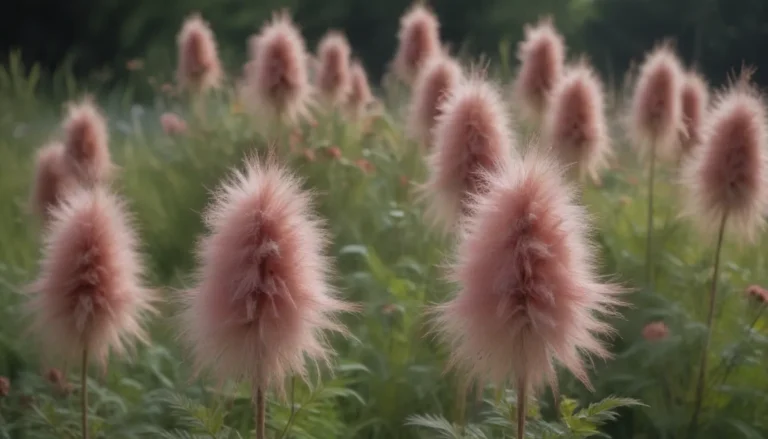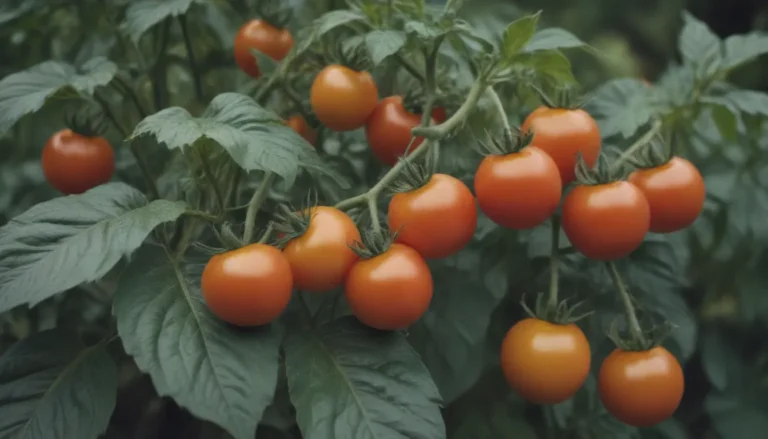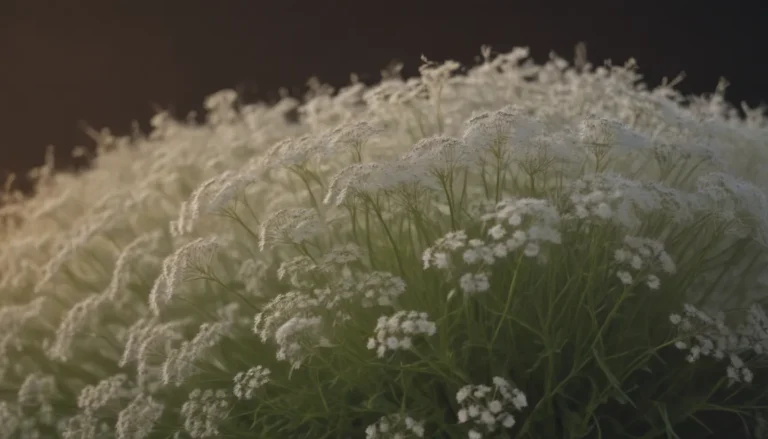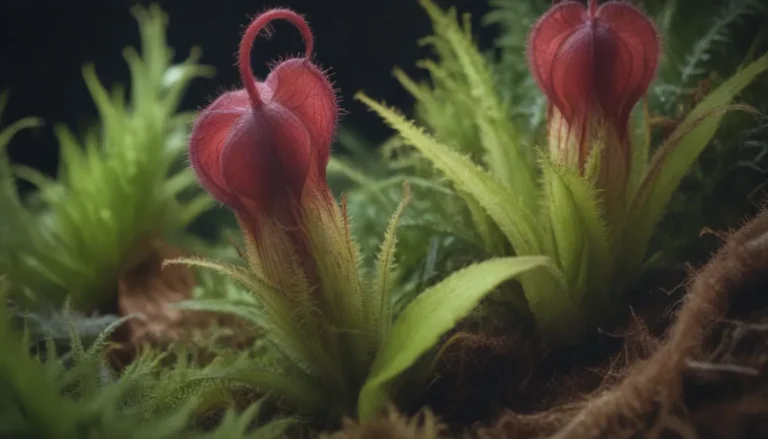Pruning Pepper Plants: The Key to a Bountiful Harvest
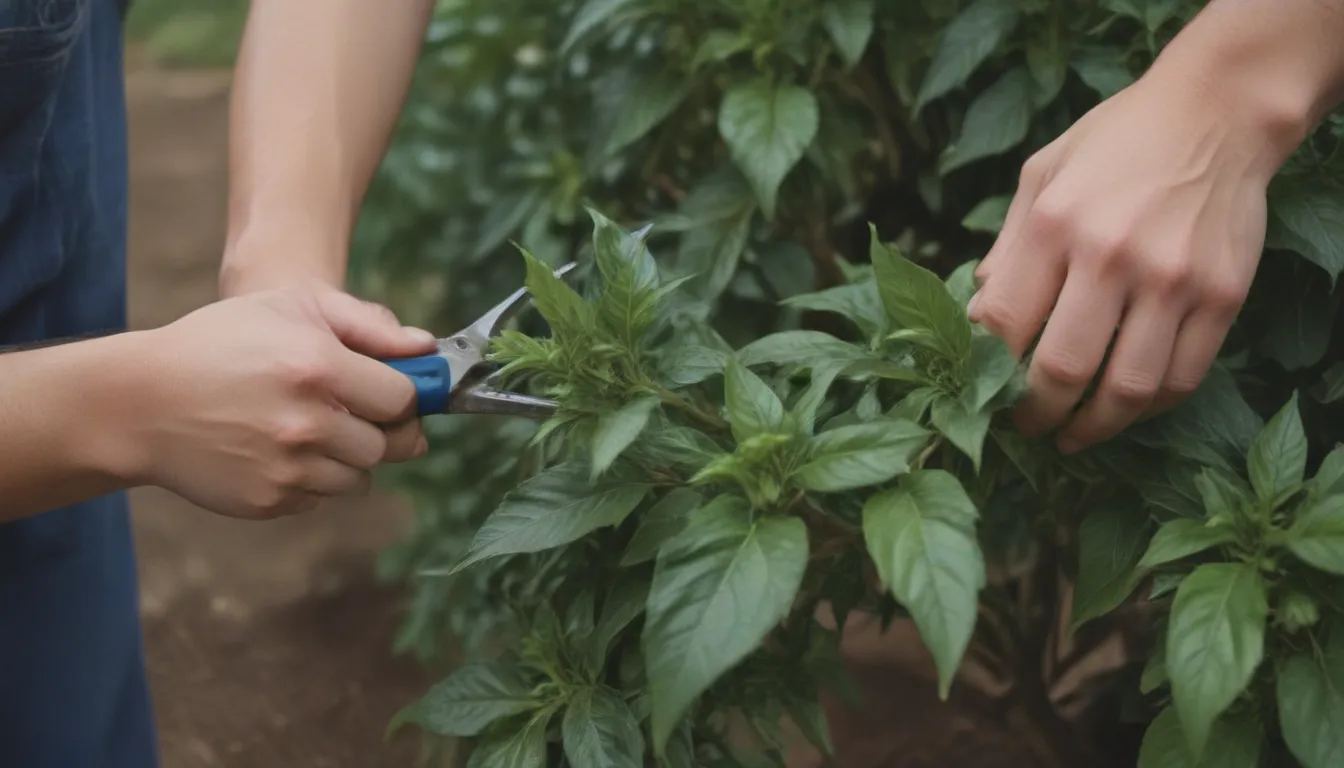
Pruning pepper plants may seem like a simple task, but it plays a crucial role in ensuring the health and productivity of your plants. Just like giving yourself some space on a crowded beach, pruning allows pepper plants to “stretch out” and receive the nutrients and sunlight they need to thrive. In this comprehensive guide, we will delve into the importance of pruning pepper plants, the optimal time to do so, and provide you with expert tips on how to prune your plants effectively.
Why Pruning Pepper Plants Is Essential
When it comes to growing pepper plants, pruning is a game-changer. Here are some of the key benefits of pruning your pepper plants, as explained by gardening experts Zahid Adnan and Ashleigh Smith:
- Improves air circulation: Pruning pepper plants helps increase airflow, reducing the risk of diseases caused by stagnant air.
- Increases your potential harvest: By directing nutrients and sunlight to the right branches, pruning can lead to a higher yield of peppers.
- Boosts sunlight penetration: Pruning allows sunlight to reach all parts of the plant, promoting healthy growth.
- Prevents scraggy-looking plants: Regular pruning helps maintain a compact, bushy appearance for your pepper plants.
- Leads to a healthier plant: Pruning encourages new growth and overall plant health.
If you’re looking for more gardening tips and tricks, make sure to sign up for our free gardening newsletter for expert advice on growing and troubleshooting in your garden.
When Is the Best Time to Prune Pepper Plants?
Timing is key when it comes to pruning pepper plants. It’s recommended to wait until early to mid-summer to start pruning your plants. Pruning too early can have a negative impact on your plants, reducing their yield potential. Most pepper varieties are planted in late spring and need warm weather to thrive. According to Adnan, peppers require time to establish a strong root system before they can produce fruit.
Ashleigh Smith suggests starting to prune your pepper plants when they reach a height of about a foot. Topping them by cutting off the top set of leaves can help promote bushier growth and encourage blooming and fruit development.
Pruning Tip:
- Your cue to prune pepper plants is when flower and fruit production begins. Once your plant enters this cycle, you can start pruning and checking for any weak, diseased, or misplaced branches regularly.
4 Steps to Prune Pepper Plants
Follow these simple steps to ensure your pepper plants thrive through effective pruning:
1. Grab a Clean Pair of Pruners
Before you start pruning, make sure to clean your pruners to prevent the spread of diseases to your plants. If you don’t have pruners, sharp scissors or a knife can also be used.
2. Single Out Specific Branches
Focus on removing overcrowded or damaged branches to achieve an open, vase-like shape for optimal light and air circulation. Remove any suckers growing below the first set of flowers to redirect energy to fruit production.
3. Cut Near the Node
When pruning, cut near a node or connection point where stems branch out. This ensures a healthy recovery for the plant and minimizes the risk of disease entry.
4. Allow the Plant to Heal
Once you’ve pruned your pepper plants, give them time to heal. Keep an eye out for signs of poor health, especially if you’ve made a mid-branch cut, as this can increase the risk of disease and prolong recovery time.
In conclusion, pruning pepper plants is a vital practice that promotes plant health, encourages flowering, and boosts fruiting. By giving your plants the space to breathe, directing nutrients effectively, and increasing sunlight exposure, you can enjoy a bountiful harvest of peppers. Remember to start pruning your pepper plants when they are between 12 to 18 inches tall, ensuring they have established a strong root system before pruning during the early to mid-summer months. Happy pruning and happy harvesting!

